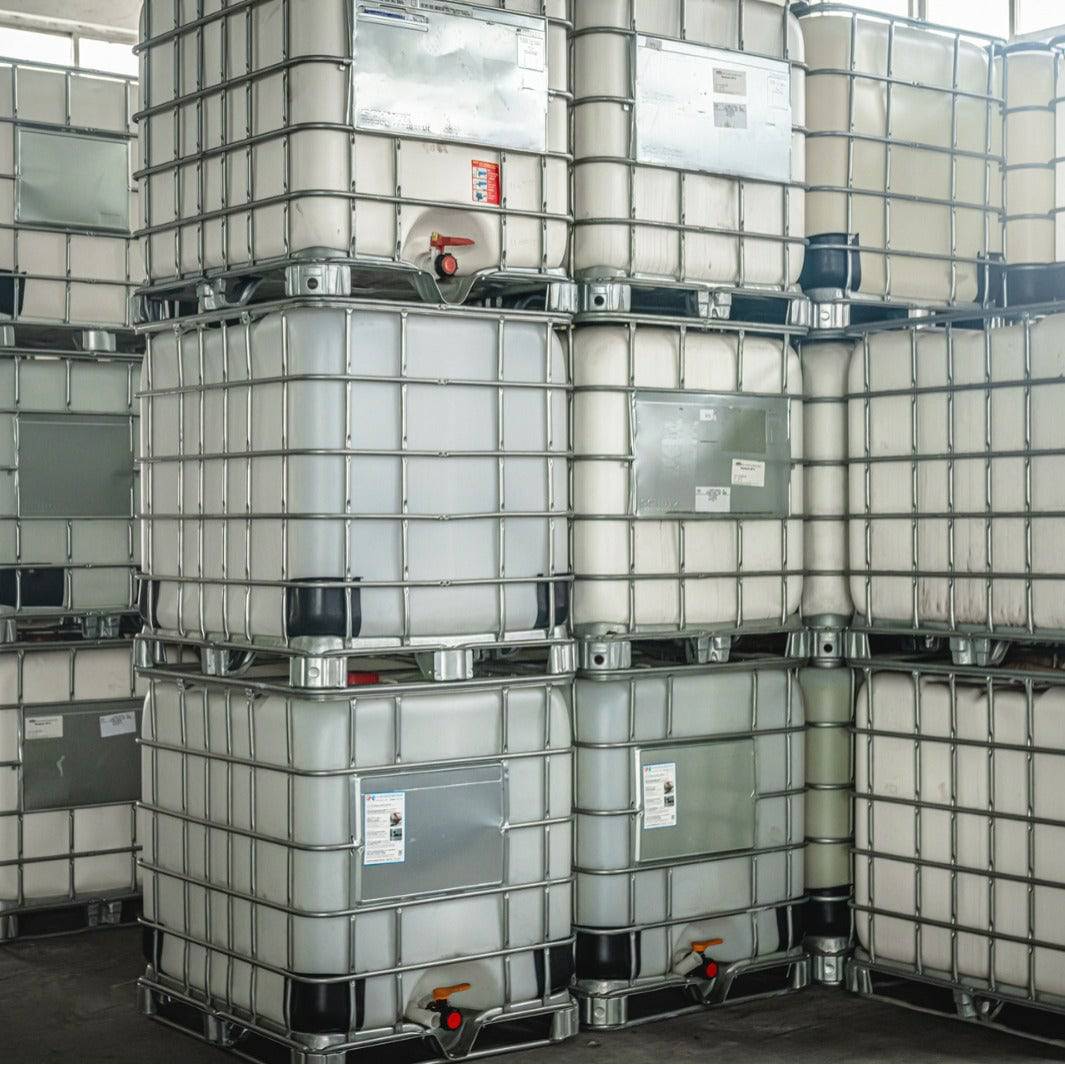The 9-Second Trick For Chemie
How Chemie can Save You Time, Stress, and Money.
Table of ContentsThe Only Guide to ChemieAn Unbiased View of ChemieNot known Incorrect Statements About Chemie Unknown Facts About ChemieThe Best Strategy To Use For ChemieChemie for Beginners
By Bojanna Shantheyanda, Sreya Dutta, Kevin Coscia and David SchiemerDynalene, Inc. Liquid cooling, which can be accomplished utilizing indirect or direct methods, is used in electronic devices applications having thermal power densities that might go beyond secure dissipation via air cooling. Indirect fluid cooling is where warmth dissipating digital elements are literally separated from the liquid coolant, whereas in instance of straight air conditioning, the elements remain in straight contact with the coolant.However, in indirect cooling applications the electric conductivity can be crucial if there are leaks and/or spillage of the liquids onto the electronics. In the indirect cooling applications where water based liquids with corrosion preventions are normally used, the electrical conductivity of the liquid coolant generally relies on the ion focus in the liquid stream.
The increase in the ion focus in a shut loophole fluid stream might take place due to ion leaching from metals and nonmetal elements that the coolant fluid is in contact with. Throughout operation, the electric conductivity of the liquid may boost to a degree which can be unsafe for the cooling system.
Chemie - The Facts
(https://www.tripadvisor.in/Profile/chemie999)They are bead like polymers that can exchanging ions with ions in a solution that it touches with. In the here and now work, ion leaching examinations were performed with different steels and polymers in both ultrapure deionized (DI) water, i.e. water which is treated to the highest possible levels of purity, and reduced electric conductive ethylene glycol/water combination, with the determined modification in conductivity reported with time.
The examples were allowed to equilibrate at space temperature level for two days prior to recording the initial electric conductivity. In all examinations reported in this study liquid electric conductivity was gauged to a precision of 1% using an Oakton CON 510/CON 6 series meter which was adjusted prior to each measurement.
The Facts About Chemie Uncovered
from the wall home heating coils to the facility of the heating system. The PTFE example containers were put in the furnace when steady state temperature levels were gotten to. The test setup was removed from the heater every 168 hours (7 days), cooled down to area temperature level with the electrical conductivity of the fluid measured.
The electric conductivity of the liquid example was kept track of for a total amount of 5000 hours (208 days). Number 2. Schematic of the indirect shut loophole cooling experiment set up - meg glycol. Table 1. Parts used in the indirect closed loophole cooling down experiment that are in call with the fluid coolant. A schematic of the experimental configuration is received Figure 2.

Chemie Can Be Fun For Everyone
The modification in liquid electric conductivity was kept track of for 136 hours. The fluid from the system was gathered and kept.

0.1 g of Dowex material was included in 100g of fluid samples that was taken in a separate container. The combination was stirred and alter in the electric conductivity at room temperature was determined every hour. The measured change in the electric conductivity of the UP-H2O and EG-LC examination liquids consisting of polymer or metal when engaged for 5,000 hours at 80C is revealed Number 3.
Some Known Incorrect Statements About Chemie
Number 3. Ion leaching experiment: Measured change in electric conductivity of water and EG-LC coolants consisting of either polymer or steel samples when immersed for 5,000 hours at 80C. The results show that steels added fewer ions into the fluids than plastics in both UP-H2O and EG-LC based coolants. This can be because of a slim steel oxide layer which may serve as an obstacle to ion leaching and cationic diffusion.
Liquids having polypropylene and HDPE exhibited the cheapest electrical conductivity modifications. This can be due to the short, rigid, straight chains which are much less likely to contribute ions than longer branched chains with weak intermolecular pressures. Silicone also did well in both test fluids, as polysiloxanes are generally chemically inert due to the high bond energy of the silicon-oxygen bond which would certainly protect against degradation of the product right into the liquid.
The 20-Second Trick For Chemie
It would be expected that PVC would certainly produce similar results to those of PTFE and HDPE based upon the comparable chemical structures of the products, nevertheless there may be various other impurities present in the PVC, such as plasticizers, that may affect the electric conductivity of the liquid - high temperature thermal fluid. Additionally, chloride teams in PVC can additionally leach into the examination liquid and can create a rise in electric conductivity
Buna-N rubber and polyurethane showed signs of degradation and thermal decay which recommends that their possible utility as a gasket or sticky material at greater temperature levels could lead to application concerns. Polyurethane totally disintegrated into the examination fluid by the end of 5000 hour test. Number 4. Before and after pictures of metal and polymer samples submersed for 5,000 hours at 80C in the ion seeping experiment.
Calculated change in the electric conductivity of UP-H2O coolant as a feature of time with and without material cartridge in the shut indirect air conditioning loophole experiment. The determined adjustment in electric conductivity of the UP-H2O for 136 hours with and without ion exchange material in the loop is revealed in Figure 5.